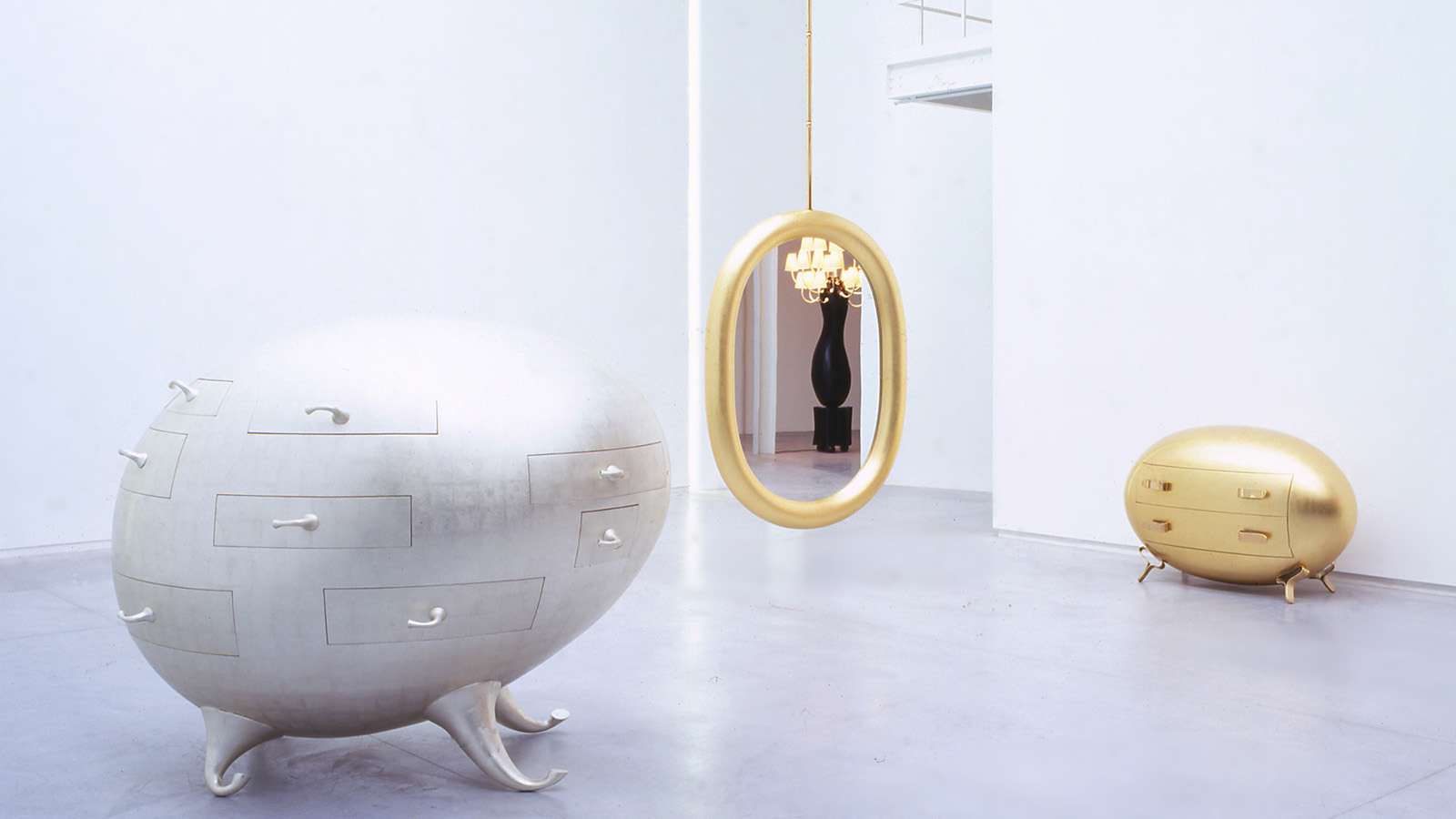
Nearly four decades after opening his eponymous gallery on London’s Fulham Road, David Gill is moving to the role of chairman, and long-term creative director Francis Sultana takes over the reins as CEO.
Through Gill’s vision, the gallery helped develop the market for contemporary collectibles, hosting shows by stella creatives including Ron Arad, Marc Newson, Tom Dixon and Garouste & Bonetti, as well as Grayson Perry, Donald Judd, Zaha Hadid and Campana Brothers.
Francis Sultana's new vision for David Gill Gallery
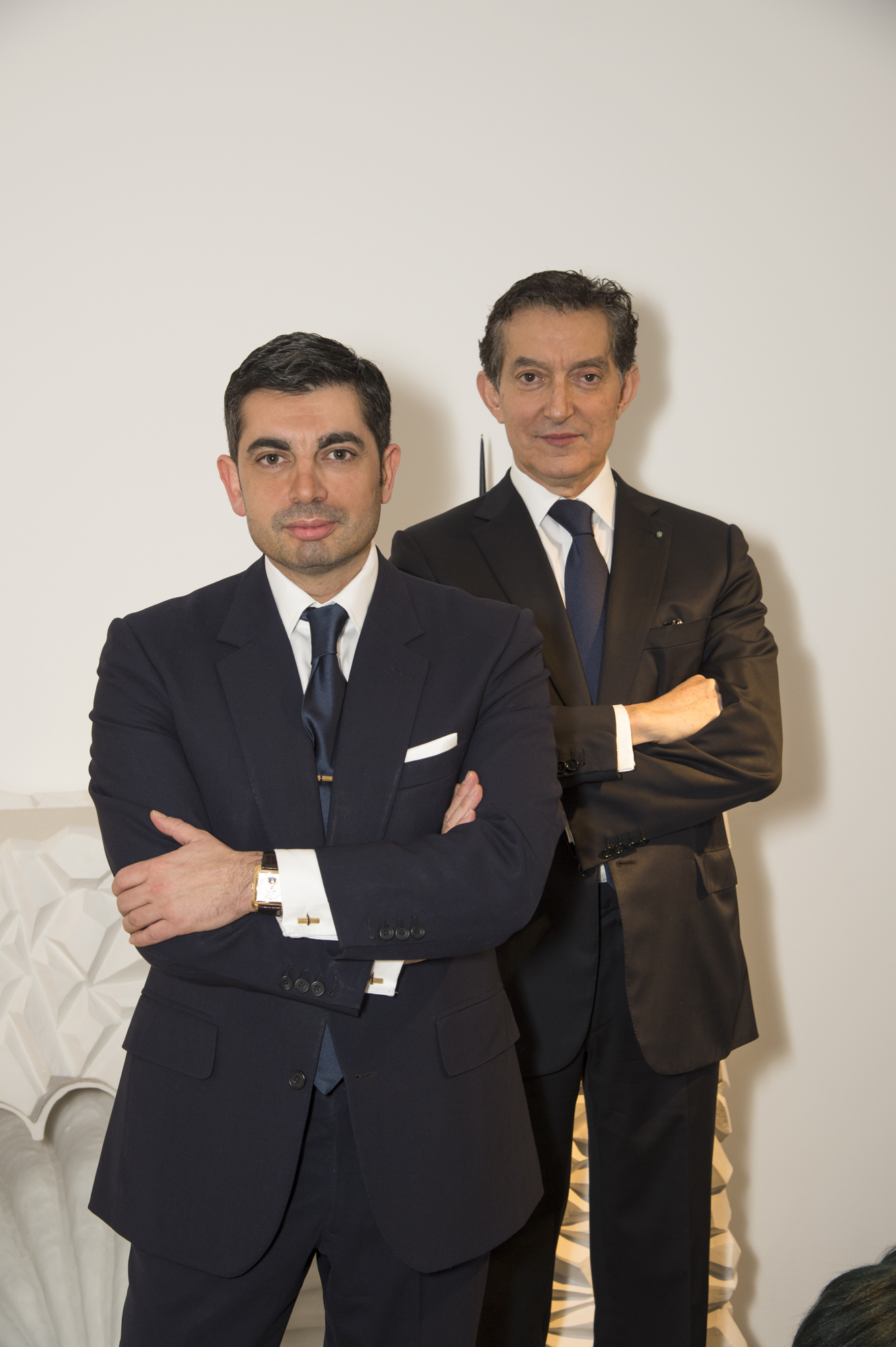
Now, Malta-born Sultana, who joined in 1992 and also runs his own eponymous interior design company, has a three-pronged plan for the 30-strong David Gill Gallery: to introduce more jewellery, ceramics, porcelain and glass; to reach out more to overseas buyers; and to ‘give back to design’ by supporting young designers. These actions will be performed under new branding by Malta-based Bloom Creative, which launches in September.
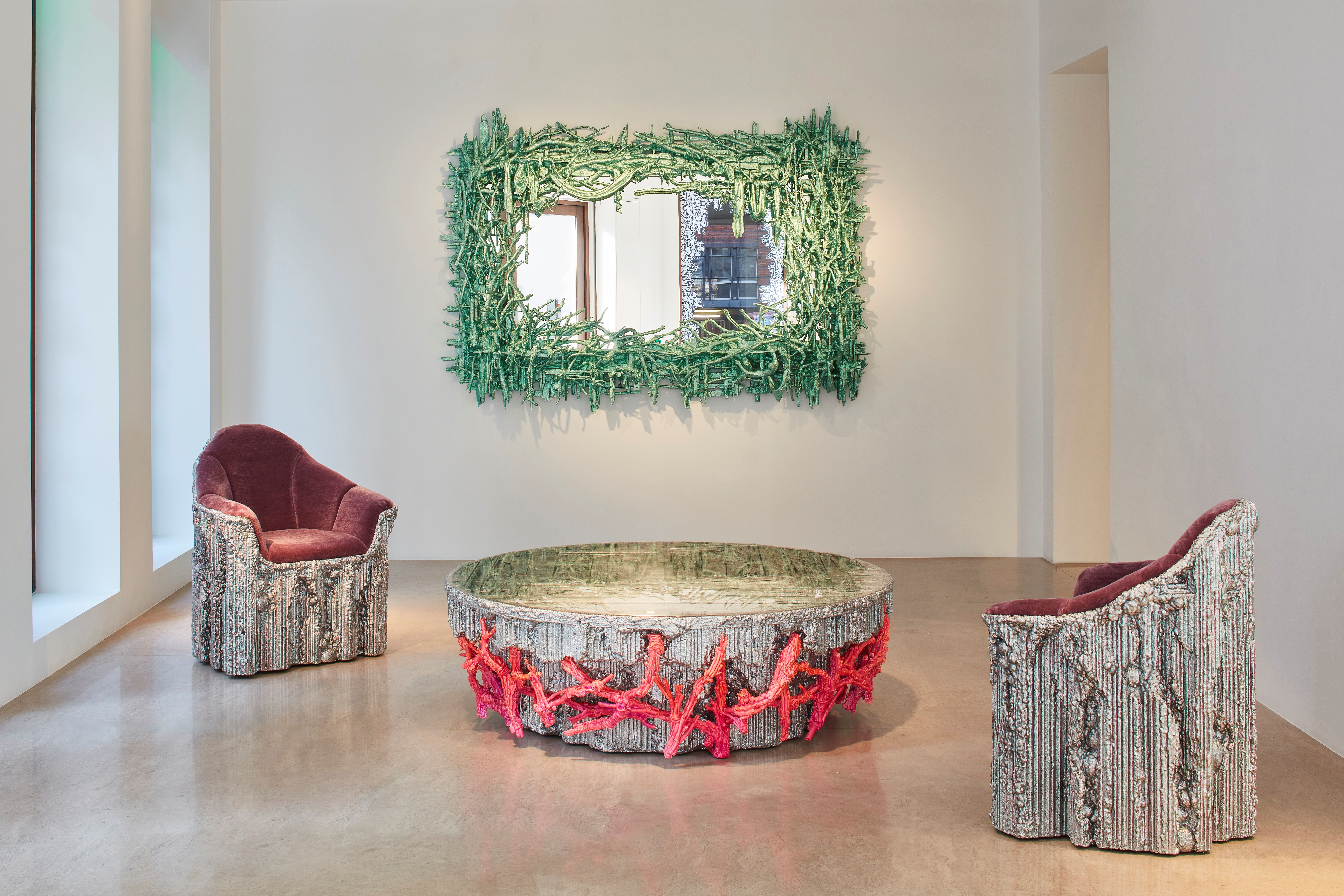
'We have to have more selection in the gallery,' Sultana says. Hence Emmanuel Tarpin’s jewellery show in November, followed by a brand new show of porcelain from Diego Cibelli – his first in London – and Marcantonio Brandolini D’Adda’s first full-scale exhibition beyond glass and vessels to chandeliers. From now on, each show will be accompanied by a publication and talks programme. 'It’s not just about seeing an exhibition but meeting the designer or artist, to create more of a connection,' Sultana says.
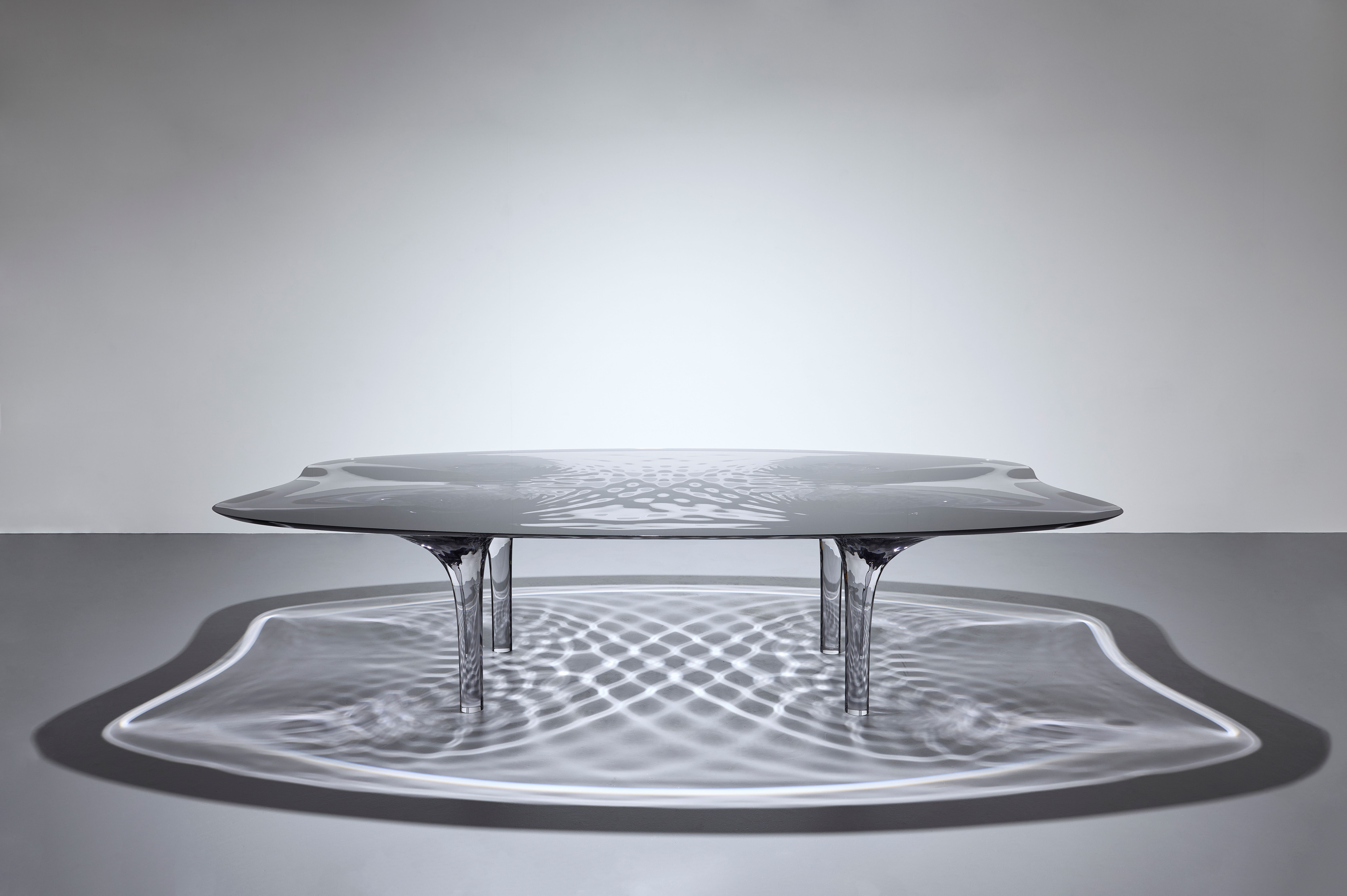
DGG will also have a presence at more fairs, because 'Europeans don’t come and shop as easily in the UK as before [Brexit],' Sultana says. The gallery returned to Design Miami last year, and will be there again in December 2024, and also at November’s Salon New York. And as for the next generation, 'We have to give platforms and show young talent. I feel very strongly about this,' he adds. The intention is to announce an annual prize offering financial support during London Design Festival.
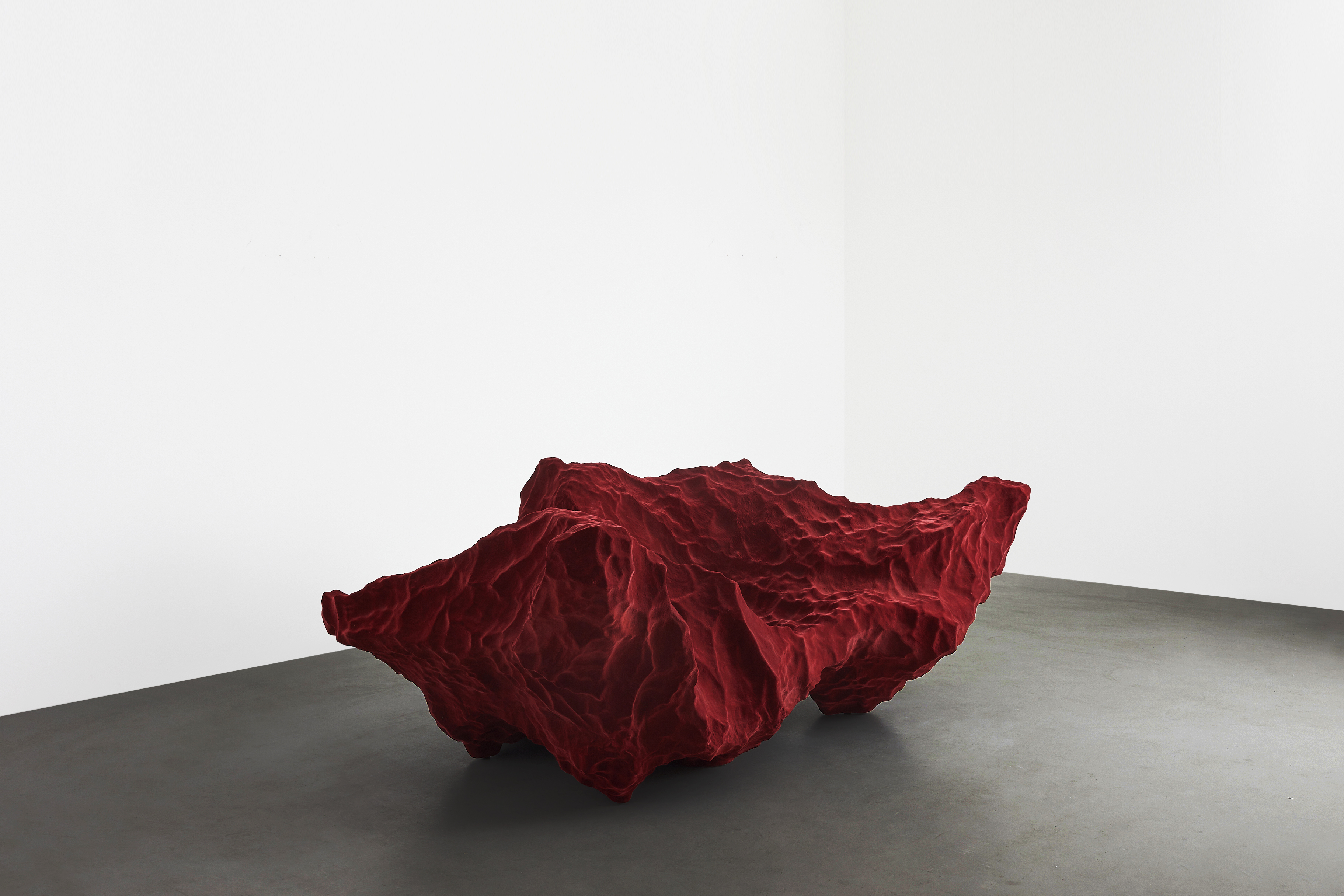
These new directions are possible because DGG is so well-established. But when Gill started in 1987, 'there was really not much of a contemporary design scene', he says. 'The only other gallery doing anything remotely similar was Ikon in Wapping [east London], which was very far from the hub of central London and pretty gritty. Fulham Road really felt like the heart of new young London.' Initially, Gill showed classics by ‘forgotten’ designers like Emile-Jacques Ruhlmann and Jean-Michel Frank, whose work he unearthed in flea markets, and jeweller Line Vautrin.

But that changed with the V&A’s 1988 show of French contemporary design, ‘Avant Première’. 'The work of Garouste & Bonetti stood out to me, it had a new language and the sensibility of the classics of the 20th century that I was getting renowned for selling, and I really felt that they were going to be the new classics of the future, so my first show was with them.' At the time, this was bucking the trend. Only Pierre Staudemeyer’s gallery in Paris was selling contemporary pieces, says Gill. 'Pierre was a great visionary and he and I were at the forefront of new design, creating limited editions.'
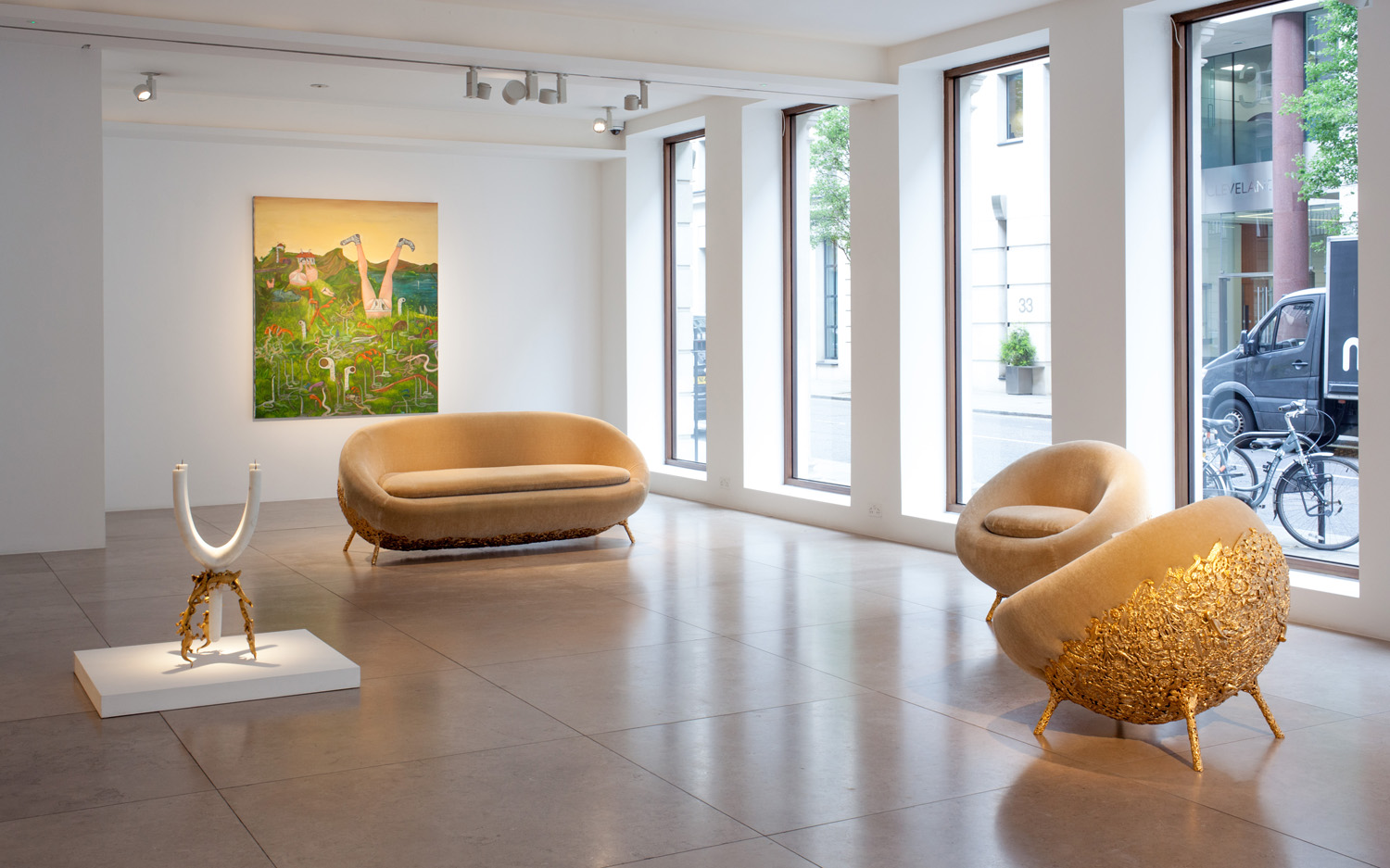
But the gallery in St James’s isn’t just about selling. For Valentin Loellmann’s first solo show in April 2025, the designer will create a swimming pool. 'We wanted to show not just what he does in furniture but his concept,' says Sultana. 'You have to allow the designer to dream and grow, everyone will love to come and see the installation. It’s not about number crunching, we never worry about that,' he adds. 'We’re about trying to create a new history and new beauty.'







